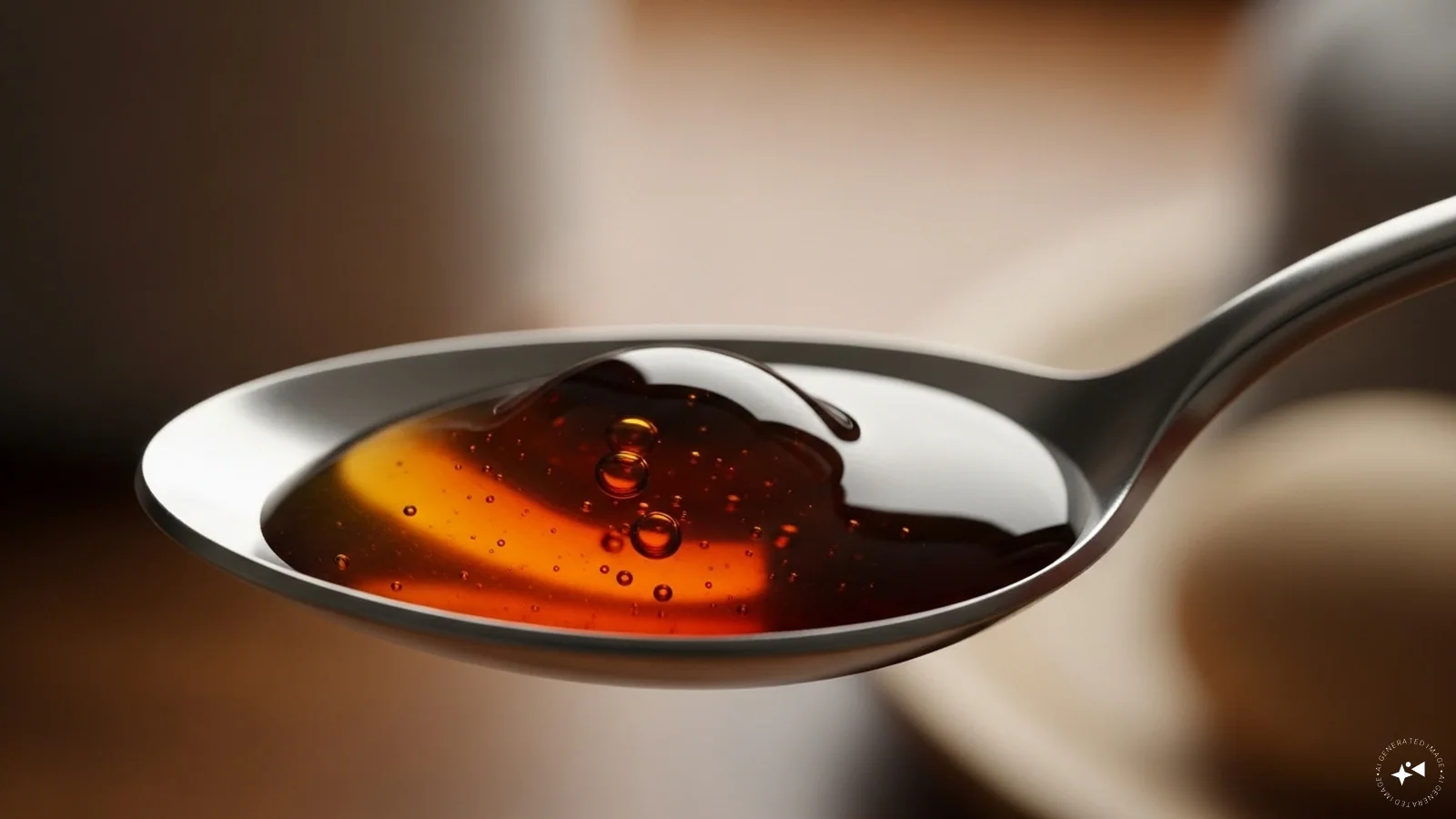No Toxic Contaminants Found In Cough Syrup Samples Linked To Children’s Deaths: Health Ministry
By Himani Chandna,Manjiri Joshi,News18
Copyright news18

The Union Health Ministry on Friday said laboratory tests of cough syrup samples collected from Madhya Pradesh and Rajasthan have ruled out the presence of diethylene glycol (DEG) or ethylene glycol (EG) — toxic contaminants known to cause severe kidney injury.
“As per the test results, none of the samples contained Diethylene Glycol (DEG) or Ethylene Glycol (EG), contaminants that are known to cause serious kidney injury,” the Health Ministry said in a press note, citing analysis conducted by a joint team of national agencies.
DEG is a toxic chemical known to cause severe kidney damage. India has faced such crises before. In 2020, 12 children in Jammu died after drinking a contaminated cough syrup. In 2022, at least 70 children in The Gambia died, their deaths linked to Indian syrups laced with DEG.
The statement comes after reports suggested that recent child deaths in Madhya Pradesh and Rajasthan could have been linked to cough syrup consumption.
As 11 children in Madhya Pradesh and Rajasthan have tragically died after consuming cough syrups, a central team from the National Centre for Disease Control (NCDC) has collected samples in Madhya Pradesh’s Chhindwara district for a probe. The children, aged between one and seven, reportedly suffered from severe symptoms including kidney infection and anuria (inability to pass urine).
A team comprising experts from the National Centre for Disease Control (NCDC), National Institute of Virology (NIV), and Central Drugs Standard Control Organisation (CDSCO), among others, had visited the state and collected multiple samples in coordination with local authorities.
The Madhya Pradesh State Food and Drug Administration also tested three samples independently and “confirmed absence of DEG/EG”.
Further investigations into the cause of illness are underway. According to the ministry, “blood/CSF samples have been tested by NIV Pune for common pathogens. One case has been found positive for Leptospirosis”. In addition, “samples of water, entomological vectors, and respiratory specimens are under further investigation by NEERI, NIV Pune, and other laboratories”.
The Centre said a multi-disciplinary team including experts from NCDC, NIV, ICMR, AIIMS Nagpur, and state health authorities “is investigating all possible causes behind the reported cases”.
Clarifying reports of two child deaths in Rajasthan, the ministry said the cough syrup linked to the cases did not contain propylene glycol, which can sometimes be a source of DEG/EG contamination. “Additionally, the product under reference is a dextromethorphan-based formulation, which is not recommended for paediatric use,” the statement added.
The ministry also noted that the Director General of Health Services (DGHS) has “issued an advisory to all States and Union Territories on rational use of cough syrups in paediatric population”.
Advisory on Rational Use of Cough Syrups in Children
In a parallel move, the Directorate General of Health Services (DGHS) has issued an advisory to all states and Union Territories on the rational use of cough syrups in children.
The ministry noted, “It may be mentioned that the Director General of Health Services (DGHS) in Union Ministry of Health and Family Welfare, has issued an advisory to all States and Union Territories on rational use of cough syrups in paediatric population.”
The advisory emphasises that most cough illnesses in children are self-limiting, cautions against prescribing cough syrups to children below two years of age, and stresses that even in older children, such medicines should be used with care. It also calls for greater reliance on supportive measures such as hydration and rest, and directs states to ensure the guidance is disseminated widely across government dispensaries, PHCs, CHCs, district hospitals, and medical institutions.



